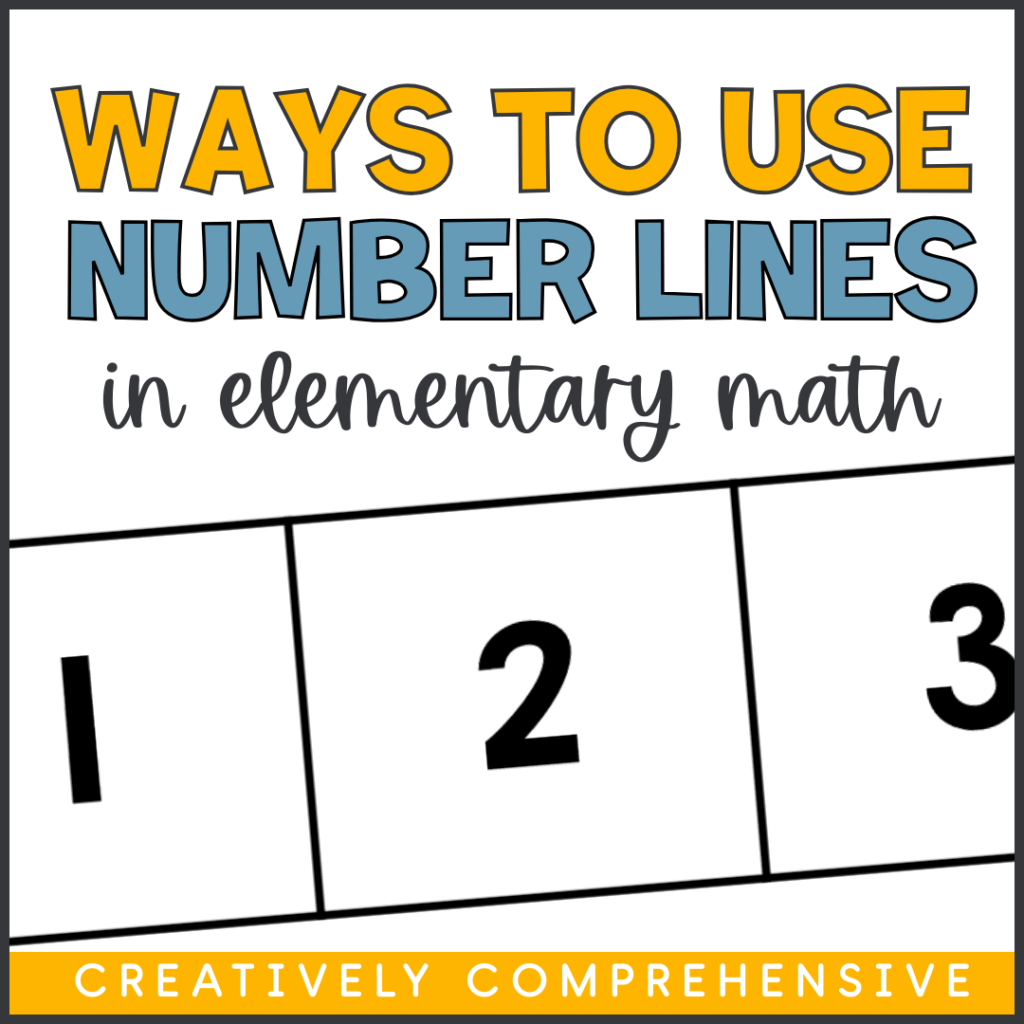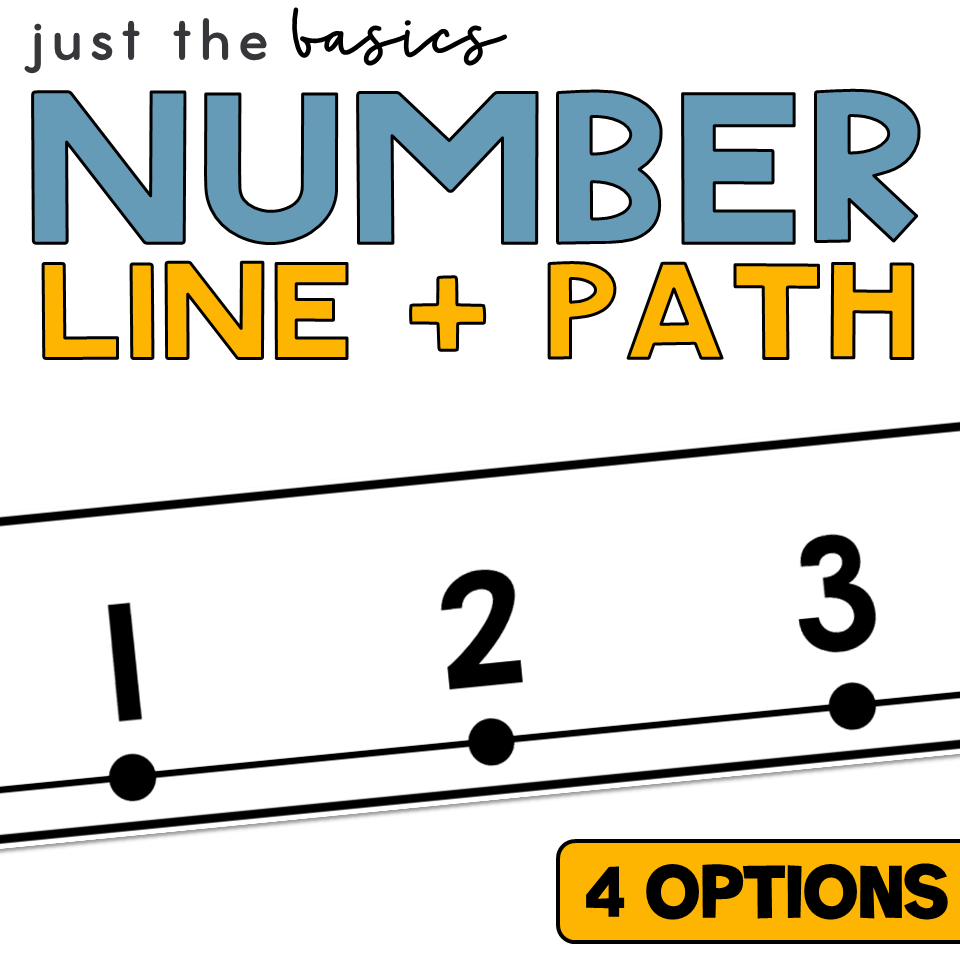The Power of Number Lines: A Must-Have for Every Elementary Classroom
A simple teaching tool can lead to number sense success.
Number lines are more than just a series of numbers on a line. They’re a powerful visual tool that can help students of all ages grasp mathematical concepts with greater ease. From kindergarten to fifth grade, here’s how why number lines (or paths) should be an essential part of your classroom!

Need a number line now? Check out the options in my TPT store!
Before we begin, let’s review the difference between number lines and number paths. A number line generally has each number atop a point on a line, and may or may not have arrows on each end. A number path boxes in the numbers and does away with points and arrows.
Both styles have their pros and cons, and depending on your needs and grade level, you may prefer one or the other. What really matters is that whichever type you choose, your students refer to it and use it often! For the purposes of this blog post both terms can be used interchangeably.
Kindergarten: Introduction to Numbers and Counting
I can’t imagine teaching kindergarten without a number line. At this stage, the line serves as a visual representation of the order of numbers. Learning how to count, counting forward and backwards, and adding and subtracting numbers within ten are just some of the activities you can do with your kindergarten students.
Pro tip– don’t display the whole number line right away. Start with 0-10 and add on as students learn and need practice with larger numbers.
First Grade: Understanding Number Relationships
First graders need to develop a sense of how numbers relate to one another. A number line or path is a great way to help them understand the concept of greater and less than. In addition, a number line can make addition and subtraction more tangible- moving forward and backward on the line will give students a greater understanding of the purpose of each operation.
Second Grade: Mastering Basic Arithmetic
As students become more familiar with number lines, they can use them for more complex tasks. Second graders might explore even and odd numbers, skip counting by 2, 5, and 10, and use the number line to check their work as they add and subtract with regrouping.
Third Grade: Beyond the Basics
It’s definitely a misconception that number lines are only useful in primary grades! One of the most important skills 3rd graders can practice with a number line is rounding! Having a visual of which 10 a 2-digit number is closest to will make this tricky concept easier to digest.
As students enter the world of multiplication and division, they can use repeated addition or subtraction to learn basic facts. In addition, a number line can be a great help when working on multi-step problems!
Upper Elementary: Don't Count Out a Number Line!
Even when moving to fractions and decimals, a number line still has a place in upper elementary classrooms. After all, students are progressing to higher grade levels without the basic number sense we are expecting, and a number line can be a great tool to help them catch up. Not to mention, number lines are useful when it comes to making up patterns that follow a rule, such as “add 5,” or “multiply by 3 then add 1.”
Need a Number Line?
Click any of the images below to be taken to my number lines on TPT. Each number line product includes a number line and number path from -20 to 120, both with and without 5s and 10s highlighted.







